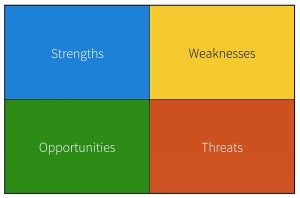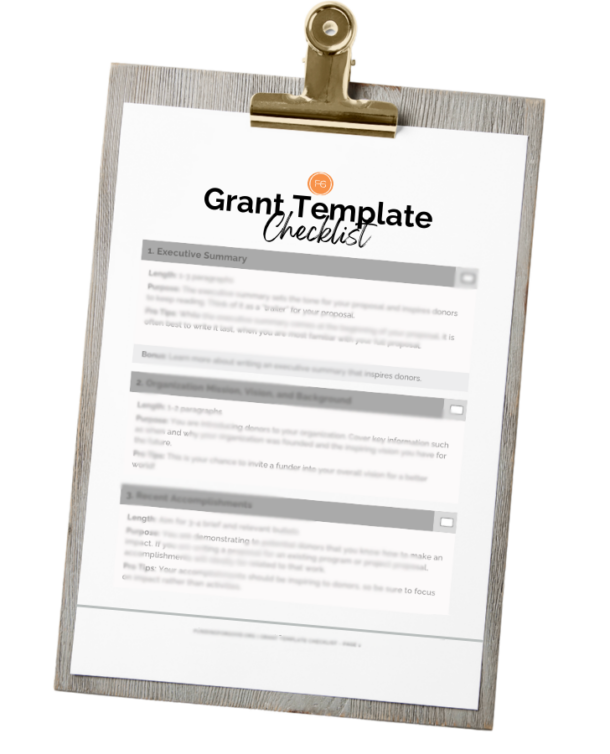Partnership Agreements- we all know we should have them, but what should they include?
If you are ready to revamp your existing partnership agreements or establish new collaborations, today’s blog is for you.
The most successful partnership contains these five crucial elements:
- Shared vision
- Clear expectations
- Capacity to achieve goals
- Effective communication
- Accountability
The first step to any partnership agreement is to IDENTIFY who could and should be included. A simple analysis of your organization’s Strengths, Weaknesses, Opportunities, and Threats is a great place to start. This evaluation, known as a SWOT analysis, engages your team members in a focused conversation to narrow down partnership prospects. Effective partnerships require time, energy, and resources. Therefore, it is important to acknowledge you might not have the capacity to successfully partner with every listed prospect.
SWOT Analysis conversations are mapped out by drawing a cross through a page to create four boxes like below.
Next, ask question for each of the 4 sections of S.W.O.T.
Strengths
- What are the strengths of our organization/program?
- What can we contribute to ensure each partnership is mutually beneficial?
- Who can we partner with to enhance our existing strengths?
Weaknesses
- What are the weaknesses of our organization/program?
- Who can we partner with to overcome these weaknesses?
- How can we mitigate our weaknesses, so they don’t negatively impact partnerships?
Opportunities
- What opportunities do we have as an organization/program?
- Who can we partner with to better access/achieve opportunities?
- How can we leverage opportunities to support our partner organizations?
Threats
- What threats are facing our organization/program now and in the future?
- Who can we partner with to best overcome these threats?
- How can we mitigate existing or future threats, so they don’t negatively impact our partnerships?
Once you have identified partnership opportunities, it’s time to get decision-makers from each organization around the table to achieve CONSENSUS.
Consensus building questions include:
- What community needs/issues do our organizations share as a priority?
- Is each organization willing to commit time and resources to achieve common goals?
- What are current and future projects or programs that could be made stronger with collaboration?
- What funding sources is each organization approaching?
- Rather than solicit funding for a project that includes the other organization as a “sub-contract line item,” will a joint proposal generate more substantial support?
After all parties reach consensus it is time to craft a written partnership agreement. This is referred to as a Memorandum of Understanding (MOU) or Memorandum of Agreement (MOA). These agreements outline the shared goals, roles, and responsibilities of each party to ensure the partnership is successful. However, if you prefer a legally binding agreement, you can use a contract instead of an MOU/MOA.
Whether you opt for a contract or MOU/MOA, it is essential to clearly define the following partnership agreement details:
- PURPOSE of the partnership (What is the desired goal/end result?)
- DESCRIPTION of each partner organization (mission, program, authorized contacts)
- ROLES AND RESPONSIBILITIES of each organization (What will each contribute to achieve shared goals?)
- TIMELINES (Key benchmarks, partnership beginning, and end dates)
- COMMUNICATION (norms and expectations)
- REPORTING expectations (who and how will partners track, evaluate, and report impact data?
- TERMINATION CLAUSE (when does the partnership agreement expire, how partners cancel/renew partnership agreement, etc.)
We hope these tools help as you work to grow your organization for good and create effective partnerships. If you need more resources, we have lots of Free Stuff on our website. Here are some related articles you may want to check out:
Quick Tips: Partnership Letters and Agreements
Respecting a Community Partner’s “Must Haves”
Reach out anytime if you would like to schedule a Visioning Call. As always, Keep Growing for Good!



